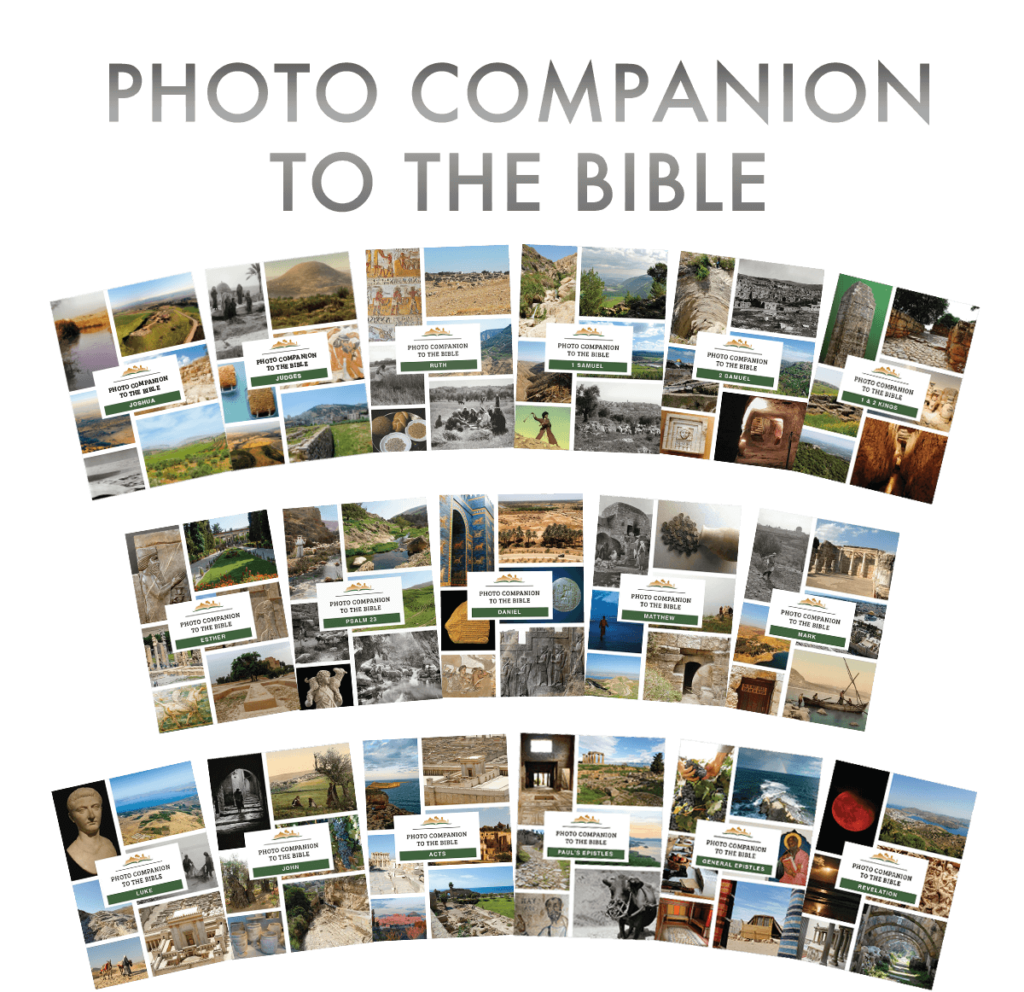Zohar Amar believes that the best candidate for the balm of Gilead is resin from the Atlantic pistachio tree.
The latest video from Expedition Bible is “Peniel: Where Jacob saw the Face of God and lived.”
“The oldest known to-scale architectural plans recorded in human history” are engravings of desert kites discovered in Jordan and Saudi Arabia. More than 6,000 desert kites have been discovered in the Middle East and Asia to date.
Archaeologists discovered rare copper ingots from the Early Bronze Age in Oman.
Egyptian archaeologists have discovered two embalming facilities at Saqqara.
“Archaeologists offer a new explanation for one of the century’s grislier finds, ‘a carefully gathered collection of hands’ in a 3,500-year-old temple” in Avaris.
“Egyptian conservationists are racing to save ancient relics buried with some of Cairo’s most renowned residents as bulldozers flatten parts of a vast cemetery that houses forgotten kings.”
Jerusalem Post: “Many people died after visiting King Tut’s tomb in Egypt. What exactly happened, and how does it involve the Aspergillus fungus?”
A couple of scholars have recently tried to identify all the birds in the Green Room of Akhenaten’s palace in Amarna.
“Egypt has barred the National Museum of Antiquities (RMO) in Leiden from carrying out excavations in the famous Egyptian necropolis Sakkara. The country accused the Dutch museum of “falsifying history” with the “Afrocentric” approach to the RMO exhibition Kemet: Egypt in hip-hop, jazz, soul & funk.”
New release (open access): Egypt and the Mediterranean World from the Late Fourth through the Third Millennium BCE, edited by Karin Sowada and Matthew J. Adams
New release: Life and the Afterlife: Ancient Egyptian Art from the Senusret Collection, edited by Melinda Hartwig (open access; click on right sidebar for pdf download)
New release: ‘To Aleppo gone …’: Essays in honour of Jonathan N. Tubb, edited by Irving Finkel, J.A. Fraser, and St John Simpson (Archaeopress, £16–45)
The Ideas podcast reflects on “the many afterlives of the Queen of Sheba.”
Eckart Frahm is guest on Thin End of the Wedge discussing his new history of Assyria. Also, YaleNews has a brief interview with him about the book.
A new video retraces the journey of Joseph-Philibert Girault de Prangey, perhaps the earliest photographer of the eastern Mediterranean.
Two pillars used to decipher the Phoenician script are reunited for the first time in 240 years in an exhibition in Abu Dhabi.
Zoom lecture on June 15: “Home and Away: Studying the Deportations to and from the Southern Levant during the Age of the Neo-Assyrian and the Neo-Babylonian Empires,” by Ido Koch
Jaromir Malek, Egyptologist and creator of the Tutankhamun Archive, died recently.
HT: Agade, Joseph Lauer, Arne Halbakken, Ted Weis, Stephanie Durruty, Wayne Stiles, Alexander Schick, Gordon Franz, Explorator
The newly renovated Davidson Center in Jerusalem displays dozens of finds related to the Temple Mount, including these steps from the staircase over Robinson’s Arch.




